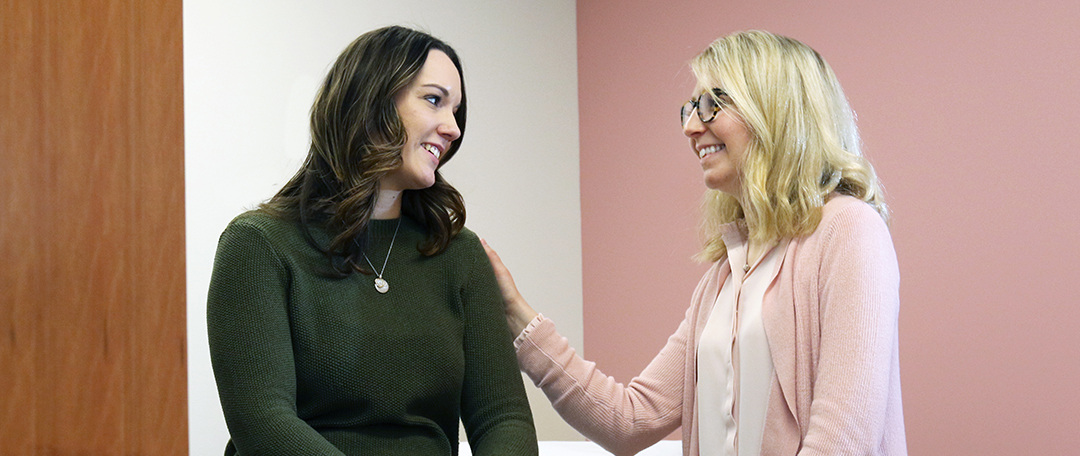Breast Cancer Screening
Breast cancer is one of the leading causes of cancer death among women, second only to lung cancer.
Breast cancer screening can lead to early diagnosis, quick intervention, and more favorable outcomes. It is the routine examination of a woman’s breasts to check for cancer before there are signs or symptoms of the disease.

Are You At Risk?
Breast cancer researchers have identified a number of risk factors for women who are at an increased risk of developing breast cancer. Those factors include:
- Advanced age
- Obesity
- Personal history of breast cancer
- Mutations of the BRCA1 or BRCA 2 genes
- Not having children or having the first child after 30
- Starting period before age 12
- Dense breast tissue
- Radiation therapy to the chest before age 30
- Menopause after 55
- Hormone therapy after menopause
How Do We Screen For Breast Cancer?
In addition to a self-exam or a clinical exam where the patient or trained professional feels the breasts for lumps or abnormalities, there are diagnostic exams to check for breast cancer.
A mammogram (an X-ray of the breasts) is the most common diagnostic tool used to screen for breast cancer. Experts recommend regular mammograms for all women once they reach the age of 40. If a woman’s breast tissue is very dense, an ultrasound may be performed to show a more detailed image of the breast tissue.
How Do You Get Screened?
Speak to your doctor about breast cancer screening. Depending on your age and family history of breast cancer, your doctor can recommend when to begin screening and order the appropriate diagnostic tests.
